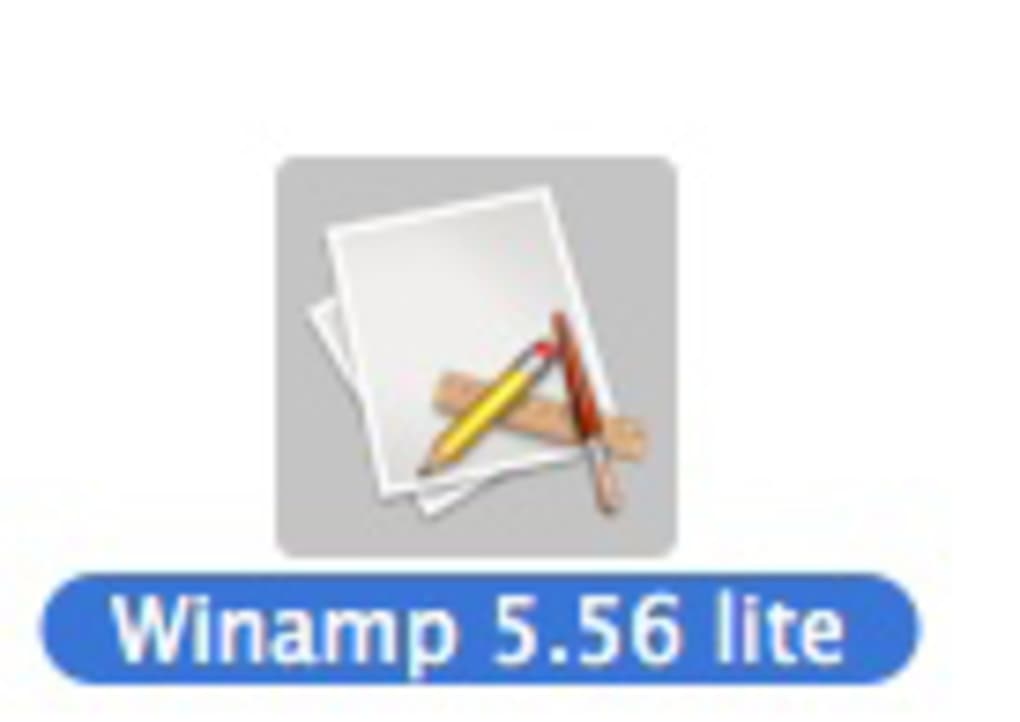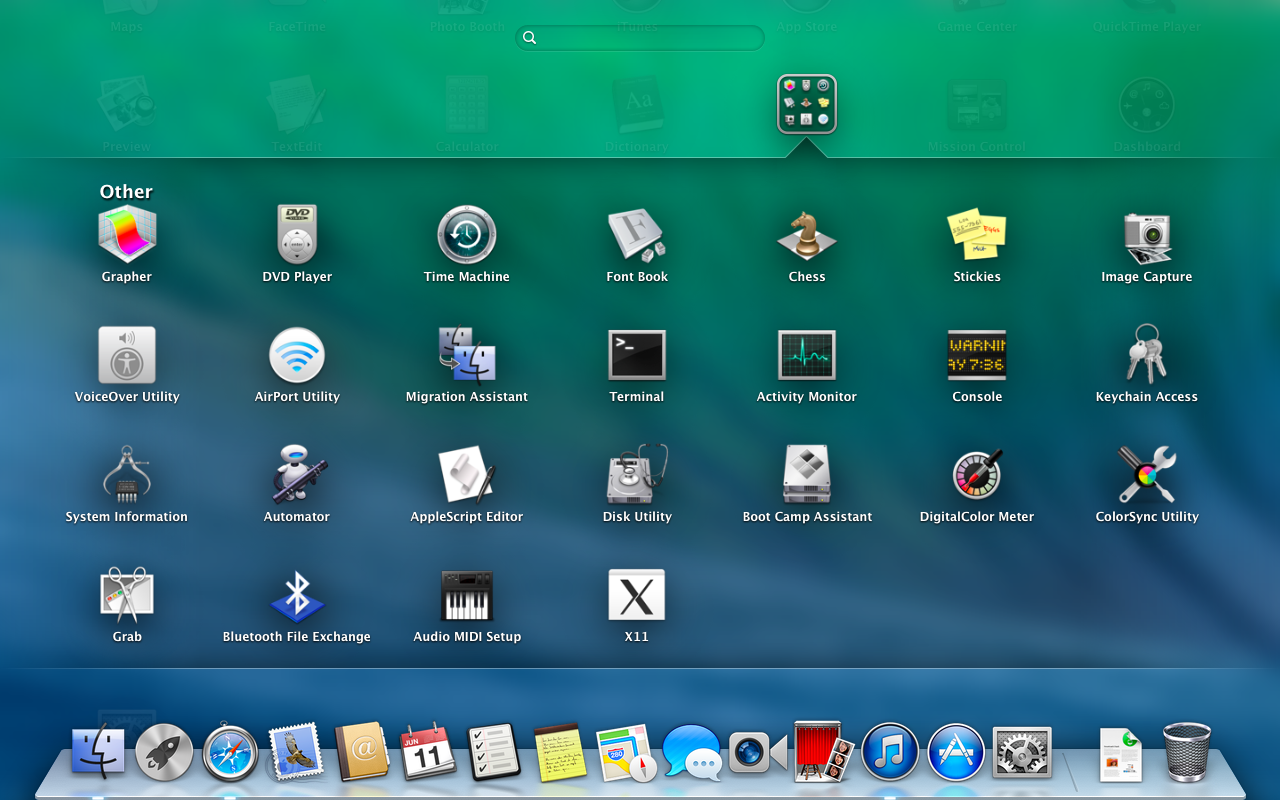

from the Terminal, as the PATH variable is set correctly. You can now directly start wine/winecfg/. By clicking on it, a new Terminal window opens with a short introduction into some important wine commands. After the installation is finished, you should find an entry "Wine Staging" or "Wine Devel" in your Launchpad.
WINEBOTTLER FOR MAC MAVERICKS DOWNLOAD INSTALL
It is possible to install the package either for all users (needs administrator privileges), or just for your current user. pkg file, double-click on the package, and the usual macOS installer wizard should open. pkg file is recommended for inexperienced users. pkg files and tarball archives are available at. Gatekeeper must not be set to block unsigned packages.īoth.Note that work is being done to convert core modules of WINE to PE format which will allow WINE to work on newer versions of macOS in the future. Please test these packages and report any bugs at. Official WineHQ packages of the development and stable branches are available for macOS 10.8 to 10.14 (Wine won't work on macOS Catalina 10.15 as 32-bit x86 support is required). Note: Files in this directory are unused on macOS unless you use a UNIX window manager and other X11 applications instead of the native MacOS apps. Check the hidden directory `$HOME/.local/` where Wine stores some desktop menu entries and icon files as it interoperates with the X.Org Foundation and the Free Desktop.Clean-up pseudo C: drive and registry entries as well as all programs installed to C:.
WINEBOTTLER FOR MAC MAVERICKS DOWNLOAD CODE
Then simply delete your local Wine source code directory: Otherwise and if you used `sudo make install`, revert it: Replace wine with wine-devel if you installed the development version. Sudo port uninstall -follow-dependencies wine Using MacPorts, uninstall the wine package you previously installed: See Building Wine on macOS Uninstalling Wineīrew uninstall -cask (selected wine package) The -no-quarantine line is to avoid brew adding the quarantine flag. The advantage of installing via homebrew means wine is available from a standard terminal session Wine-stable, wine-devel or wine-staging packages can be installed using the above example. To install wine the following command can be used īrew install -cask -no-quarantine (selected wine package) Winehq packages can be installed using homebrew

Translations of this page: Français (Translators, please see Discussion page.)


 0 kommentar(er)
0 kommentar(er)
